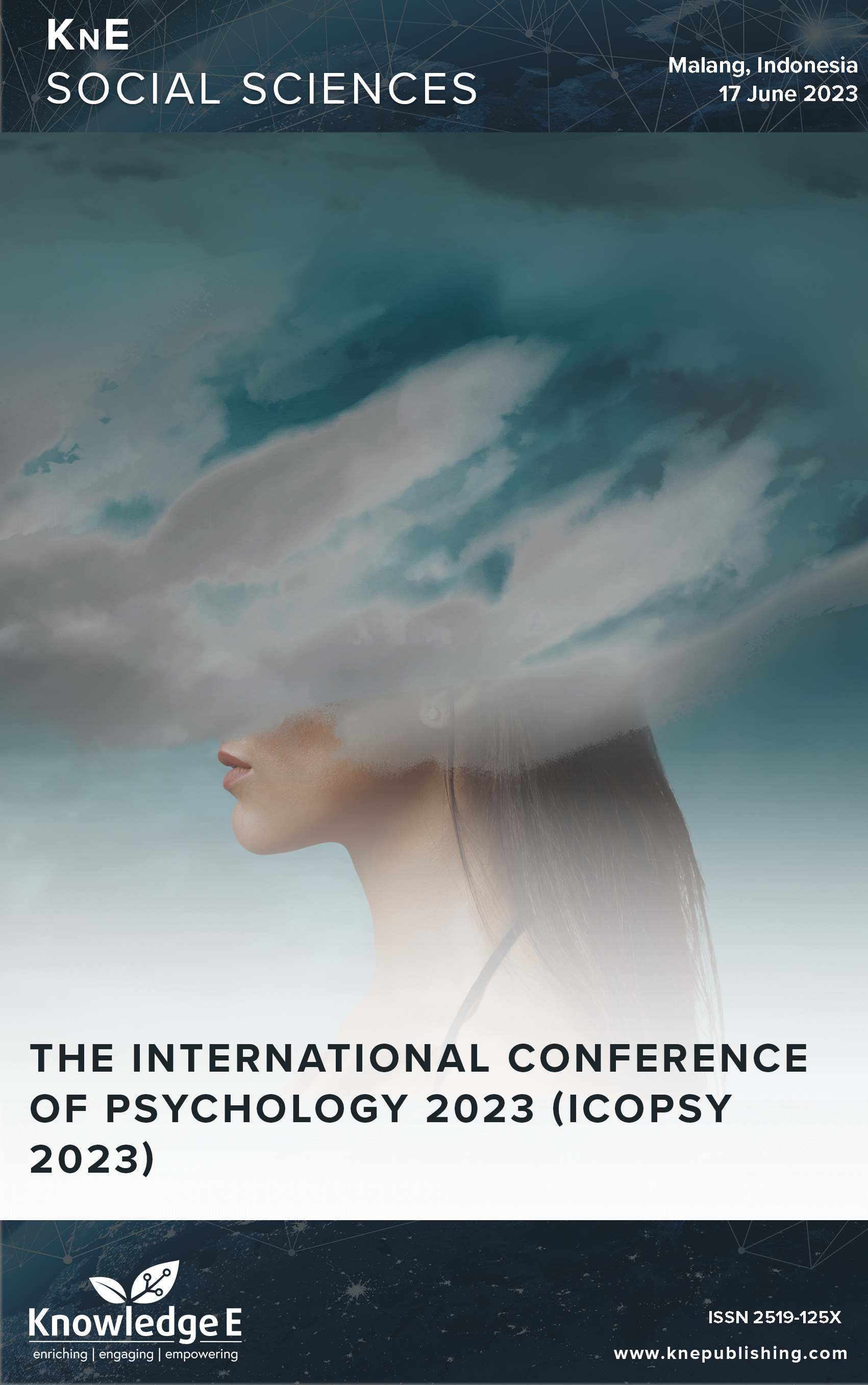How Leaders Function in Higher Education Institutions
DOI:
https://doi.org/10.18502/kss.v8i19.14354Abstract
Higher education institutions are frequently regarded as elegant organizations. However, conflicts still arise, necessitating the development of strategies by leaders to resolve them. The purpose of this study was to describe how leadership functions in higher education institutions. The methodology was qualitative phenomenological. The results discovered that leadership emerged as a result of organizational conflict. The spirit of leadership develops and grows as a result of resolving conflict personally, comprehending corporate culture, and having a plan for leading the organization. In conclusion, if the leaders have dedication and voluntarism, the organization will endure and find a way to accomplish goals.
Keywords: Strategic leadership; Higher education institute; Organization
References
[2] Susilo AG. Peran Organisasi Mahasiswa dalam Menciptakan Mahasiswa yang Siap Berkontribusi dalam Kehidupan Bermasyarakat. KOMPASIANA. 2017 https://www.kompasiana.com/alighafaars/566fed97c423bd0c08e33190/peranorganisasi- mahasiswa-dalam-menciptakan-mahasiswa-yang-siap-berkontribusidalam- kehidupan-bermasyarakat
[3] Kristianto A. Memahami Problem Lembaga Kemahasiswaan. PERSMA INSTITUT - UIN JAKARTA. 2018 http://www.lpminstitut.com/2016/10/memahami-problemlembaga- kemahasiswaan.html
[4] Sayyadi M. How effective leadership of knowledge management impacts organizational performance. Bus Inf Rev. 2019;36(1):30–8.
[5] Yukl G. Leadership in Organizations (7th Edition). New York: Pearson; 2010
[6] Ratts MJ, Greenleaf AT. Multicultural and Social Justice Counseling Competencies: A Leadership Framework for Professional School Counselors. Prof Sch Couns. 2017;21 1b:215–34.
[7] Olson AK, Simerson BK. Leading with Strategic Thinking. London: Wiley; 2015
[8] Daft RL. Organization theory and design. 10th ed. New York: South-Western Cengage Learning; 2010.
[9] Jensen UT, Andersen LB, Bro LL, Bollingtoft A, Eriksen TL, Holten AL, et al. Conceptualizing and Measuring Transformational and Transactional Leadership. Adm Soc. 2019;51(1):3–33.
[10] Crawford JA, Dawkins S, Martin A, Lewis G. Putting the leader back into authentic leadership: reconceptualising and rethinking leaders. Aust J Manag. 2019;2(1):209– 300.
[11] Hughes AN, Gibbons MM. Understanding the Career Development of Underprepared College Students. J Coll Stud Retent. 2018;19(4):452–69.
[12] Herdiansyah H. Metodologi Penelitian Kualitatif untuk Ilmu Psikologi. Jakarta: Salemba Humanika; 2015.
[13] Poerwandari EK. Pendekatan Kualitatif untuk Penelitian Prilaku Manusia (3rd ed.). Jakarta: LPSP3 Fakultas Psikologi UI; 2011.
[14] Chang T, Chou SY, Han B. Silent Leaders in the Workplace: Forms of Leadership Silence, Attributions of Leadership Silence, and Accuracy of Attributions. Int J Bus Commun. 2018;5(2):23–9.
[15] Zhao C, Gao Z, Liu Y. An identification perspective of servant leadership’s effects. J Manag Psychol. 2016;31(5):898–913.
[16] Krumrei-Mancuso EJ. Humility in Servant Leadership among Christian Student Leaders: A Longitudinal Pilot Study. J Psychol Theol. 2018;46(4):253–67.
[17] Xiong K, Lin W, Li JC, Wang L. Employee Trust in Supervisors and Affective Commitment: The Moderating Role of Authentic Leadership. Psychol Rep. 2016 Jun;118(3):829–48.
[18] Leroy H, Anseel F, Gardner WL, Sels L. Authentic Leadership, Authentic Followership, Basic Need Satisfaction, and Work Role Performance: A Cross-Level Study. J Manage. 2015;41(6):1677–97.
[19] Ezzani M, Brooks M. Culturally Relevant Leadership: Advancing Critical Consciousness in American Muslim Students. Educ Adm Q. 2019;3(1):13–6.
[20] Gatling AR, Castelli PA, Cole ML. Authentic Leadership: The Role of Self-Awareness in Promoting Coaching Effectiveness. Asia-Pac J Manag Res Innov. 2013;9(4):337–47.
[21] Flynn CB. Marking Time: Memory and Market in The Comedy of Errors. Shakespeare Quarterly.2005;56(2):176–https://doi.org/10.1353/shq.2005.0062.

